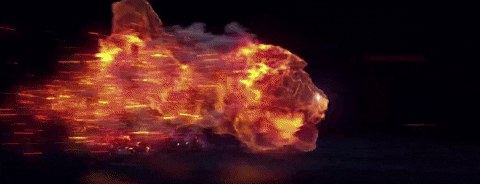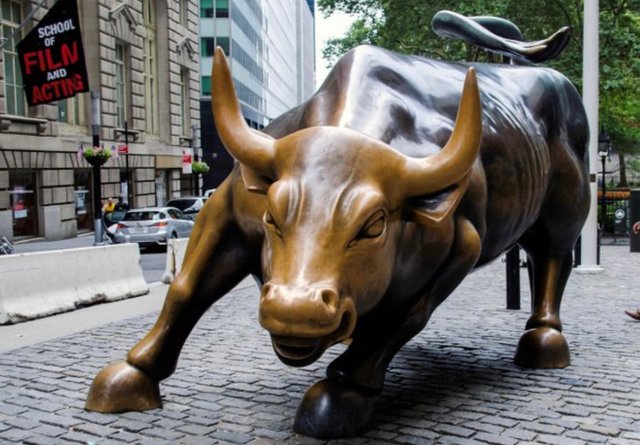A very popular type of trade amongst option traders who are into math is the spread. The is a two transaction trade, where the first part involves selling an option to buy a stock at a certain price in the future. The seller is betting the asset will never reach that price and surely never surpass it. The second part of the spread is a purchase of an option to buy the stock at a price 1 dollar or more above the stock price named in the of the option you just sold, just in case the stock reaches or surpasses the price of the one you sold, you won’t have to go into the market and buy the asset at a much higher price then you agreed to sell it for, thus guaranteeing a loss, instead you could still profit or at least break even.
Example:
Apple’s market price is $100.00
You sell an option at the 80th percentile $110 strike, it’s $6.00/share, 100 shares, $600
You buy an option at the 85th percentile $115 strike, it’s $5.00/share, 100 shares, $500
Your risk is the five dollar difference between the two prices $110 and $115, times 100 or $500 minus the sum of ; the premium you got for the option you sold, in this example $600, minus the premium you paid for the option you bought, in this case $500, or total potential profit or net premium of $100.0. Thus you risk $500 for $100. Your chance of success here at the 80th percentile is 80%. Your chance of failure 20%.
That’s the first part of option spread selling.
The second part is managing the trade. When people look at Options trading they see these trades as done and now you wait for expiration to see if you win or lose. That’s wrong.
First, in spread trading you decide how much profit you wait for. You could wait until the expiration date to get all the profit or you could close the trade earlier as soon as you could get 50% of the possible total profit to eliminate your risk. Remember the price of the stock is probably going up and down, and the value of the options are also, to some degree. You can close this trade anytime you want, by buying back the option you sold at a lower price and selling the option you bought at a lower price. That’s called unwinding the trade, because you undo or reverse your actions.
Why would you do this?
Because no matter what the option price changes to, your risk is always the difference between the stock price of the option you sold and the stock price of the option you bought. And so if the stock price stays the same or falls a bit, the value of both options decreases, so your $600 dollar option you sold could drop to $300 in value and the $500 dollar you bought could drop to $250 in value. So now the difference between them is $50 instead of $100. So now you can buy back the one you sold and sell the one you bought, for a net gain on the trade of $50 and eliminating the $500 risk. Remember your net premium collected was $100 above. This is a $50/$500 ROI or 10%. I suggest you reread this until you get it. Lord knows I reread similar explanations several times until I got it, so don’t feel bad if you need to reread it or ask questions.
This spread has an 80 percent probability of success, but you improve your odds by managing the spread and exiting it early with the $50.00 dollar profit. Some will say your leaving money on the table and that’s true in a sense, but more importantly you are eliminating risk on the trade as fast as possible and redeploying your capitol again. Consider this; You could hold the trade until closing to try and get that additional $50 , but if the trade moves against you , you will loose $500 dollars potentially. If you have already made $50 dollars is it worth losing the $50 dollars and an additional $450 dollars?
Remember if you control the emotions of fear and greed, while following the math, you can win most of your trades.
I believe that those who invest in anything; real estate, gold, stocks or cryptocurrency understand that all investing is a gamble or politely referred to as calculated risks. The two emotions fear and greed can lead to your ruin, despite the vehicle.
✍️ written by Shortsegments.


Good explanation.
Posted using Partiko iOS
Downvoting a post can decrease pending rewards and make it less visible. Common reasons:
Submit
!glyphy good + job
Thank you for the good explanation
Posted using Partiko iOS
Downvoting a post can decrease pending rewards and make it less visible. Common reasons:
Submit
Beer!
Posted using Partiko iOS
Downvoting a post can decrease pending rewards and make it less visible. Common reasons:
Submit
!beer
Posted using Partiko iOS
Downvoting a post can decrease pending rewards and make it less visible. Common reasons:
Submit
!glyphy big + beer
Posted using Partiko iOS
Downvoting a post can decrease pending rewards and make it less visible. Common reasons:
Submit